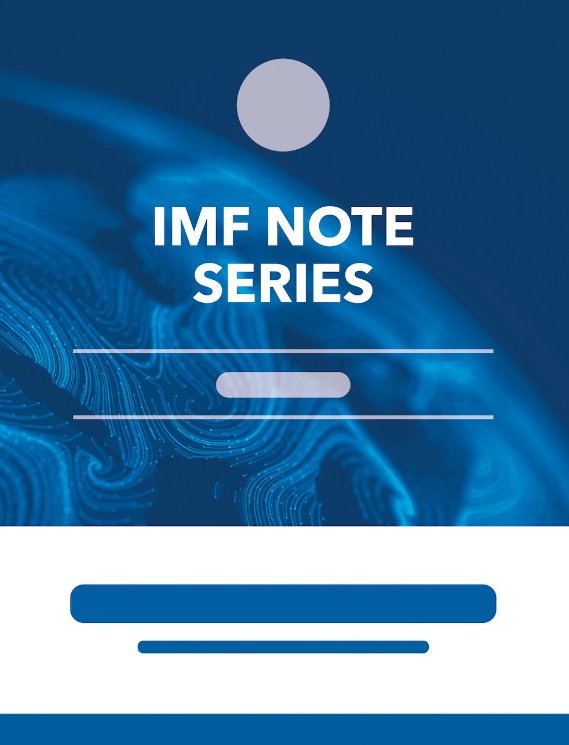When Should Public Debt Be Reduced?
June 1, 2015
Disclaimer: This Staff Discussion Note represents the views of the authors and does not necessarily represent IMF views or IMF policy. The views expressed herein should be attributed to the authors and not to the IMF, its Executive Board, or its management. Staff Discussion Notes are published to elicit comments and to further debate.
Summary
What considerations should guide public debt policy going forward? Should debt be reduced to achieve normative anchors (such as 60 percent of GDP), should it be increased further to finance a big public investment push, or should the existing debt be serviced forever? We argue that, for countries with ample fiscal space (little risk of encountering a fiscal crisis), raising distortive taxes merely to bring the debt down is a treatment cure that is worse than the disease. High public debt of course is costly, but it is a sunk cost only made worse by efforts to pay down the debt through distortionary taxation. Living with the debt is the welfare-maximizing policy. In decisions vis-à-vis the big push for public investment, golden-rule considerations remain salient, with due account taken of the additional servicing costs (and associated distortive taxation) from the resulting buildup of public debt.
Subject: Expenditure, Fiscal space, Market interest rates, Public debt, Public investment spending
Keywords: debt limit, debt ratio, interest rate, present value, SDN
Pages:
26
Volume:
2015
DOI:
Issue:
010
Series:
Staff Discussion Notes No. 2015/010
Stock No:
SDNEA201510
ISBN:
9781498379205
ISSN:
2617-6750





